We are offering a new product that is the first of its kind. SkinVive is often referred to as a “skin booster” rather than a filler since its job isn’t to rebuild volume like other fillers, but rather to hydrate your skin and give you a glowy look.SkinVive, developed by Juvederm and approved by the FDA in May, is now available to our patients. This new treatment can add long-term hydration to the skin and smoothness of the cheeks. These injections also stimulate collagen production, helping to correct lines and wrinkles while improving skin elasticity. Following treatment, skin quality is vastly improved with patients reporting skin that feels and appears more radiant and refreshed.
SkinVive is a minimally invasive treatment with little to no downtime. It works synergistically with other cosmetic treatments like Botox, lasers, and dermal fillers. SkinVive can easily be added to your Botox treatment and it takes only about 10-15 minutes.
How is SkinVive Unique?
Unlike traditional dermal fillers that replace lost volume or define facial features, SkinVive’s tiny microdroplets are injected near the skin’s surface, enhancing skin hydration and smoothness.
What are the Benefits of SkinVive?
- Improves skin smoothness
- Increases skin hydration from within
- Reduces lines and wrinkles
- Stimulates collagen production
- No downtime following treatment
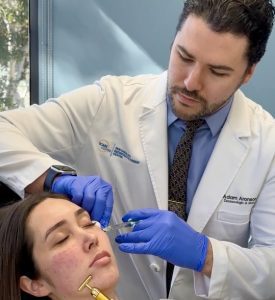
What Facial Areas can be Treated with SkinVive?
SkinVive is currently FDA approved to improve skin smoothness of the cheeks.
How Does SkinVive Work?
Aging leads to a loss of collagen, elastin, and hydration, resulting in lines and wrinkles. SkinVive’s hyaluronic acid replenishes hydration and combats aging effects, leaving the skin plump and hydrated.
How Long Does SkinVive Last?
Most patients experience improved skin hydration and smoothness for up to six months. Individual results may vary based on skincare routines, genetics, and other treatments.
Is SkinVive Right for Me?
During your consultation, your provider will assess your aesthetic goals. If you suffer from dry skin, fine lines, or loss of elasticity, SkinVive could be an excellent choice.
DID YOU KNOW?
We are also a Center for Skin Cancer. The Appearance Center is under the same roof and the same leadership as the Skin Cancer and Reconstructive Surgery Center. Our Appearance Center physicians also treat skin cancer patients, performing complex cancer reconstructions, and addressing post-cancer cosmetic issues.
We want ALL of our patients to know about an exciting new technology to help with the diagnosis of melanoma. We are excited to provide Nevisense, a novel tool for detection of melanoma. This FDA-approved, non-invasive, and highly accurate device allows for early detection of potential melanomas without the need for skin biopsies.
Nevisense: A Groundbreaking Approach to Early Detection
Nevisense is a cutting-edge technology designed to address the limitations of traditional melanoma detection methods. Developed by SciBase, a Swedish medical technology company, Nevisense employs Electrical Impedance Spectroscopy (EIS) to non-invasively analyze the electrical properties of skin lesions. This innovative approach allows for a more accurate and objective assessment of melanoma risk.
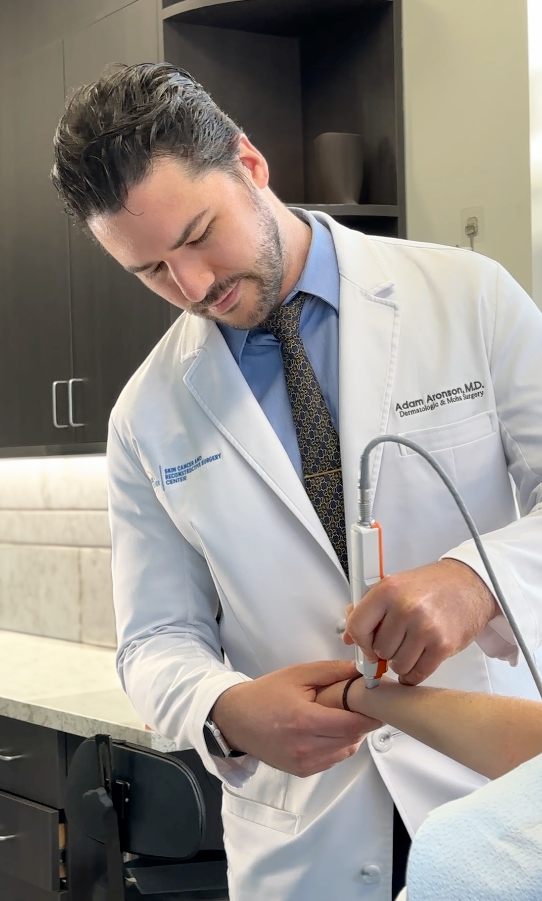
How Nevisense Works
Nevisense works by measuring the electrical impedance of the skin at different frequencies. The device sends a painless, low-frequency electrical signal into the skin, and the resulting impedance data is analyzed by an AI algorithm. The impedance patterns produces by melanomas are different from those of benign moles.
Key Advantages of Nevisense
- Non-Invasive and Painless: Nevisense is a non-invasive procedure that does not require the removal of tissue for analysis. This makes it a more comfortable experience for patients compared to traditional biopsy methods.
- Objective and Quantifiable: The electrical impedance measurements provide an objective and quantifiable assessment of skin lesions, reducing the subjectivity associated with visual inspections.
- Early Detection: Nevisense has demonstrated a high sensitivity for detecting melanoma at its earliest stages, allowing for prompt intervention and improved treatment outcomes.
- Complementary to Visual Inspection: Nevisense is designed to complement traditional visual inspection methods, offering a comprehensive approach to melanoma detection.
Schedule a skin check at the SCARS Center to see if you are a candidate for this groundbreaking diagnostic tool.
We often hear tips for getting brides ready for the big day, but what about the moms? How can they look their absolute best for the wedding?
Similar to the bride, the mother of the bride (or groom) is front and center at this big event. As she gets ready to celebrate, it’s important for her to take some time to focus on herself.
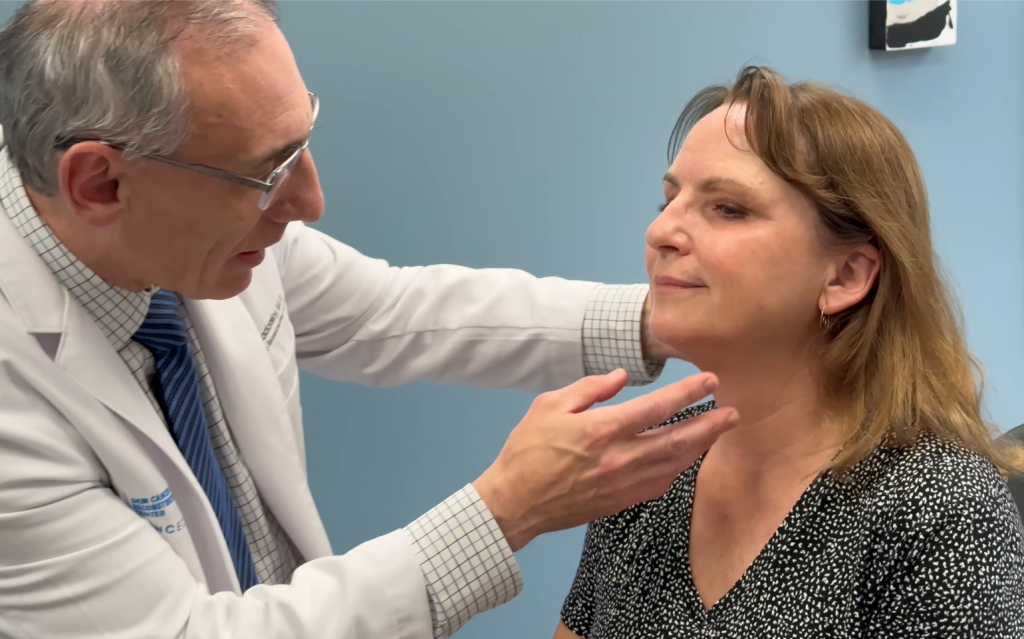
This 64-year-old patient came to Dr. Simon Madorsky hoping to freshen up her features in anticipation of her daughter’s wedding, which was six months away. Despite feeling youthful and energetic, she thought her appearance didn’t quite match. This was an ideal time to embark on surgical procedures, as she needed about three months for total healing, and results would continue to improve over time.
Six months before the big day, she underwent a lower face and neck lift, along with an endoscopic brow lift. The facelift worked its magic by repositioning deep tissues and getting rid of extra skin, diminishing jowls, while adding a nice contour to the neck. The brow lift raised the forehead, and enhanced the brow and eye area.
After the wedding, this patient came back to our office for a check-in with Dr. Madorsky. Besides being amazed by how great she looked, we were excited to hear about the wedding.
“Being the mother of the bride, I had to look my absolute best. I was ready for the big day because I felt like I was beaming with joy and confidence.”

Our patient with her handsome husband on their daughter’s wedding day.
Whether you’re looking to reduce wrinkles, minimize scars, or improve overall skin texture, CO2 laser treatment could be the answer.
What Does Fractional CO2 Laser Do?
Fractional CO2 laser is a cosmetic procedure that improves skin texture, tone, and overall appearance. The laser ablates the top layer of skin removing sun damage as well as creates microscopic channels in the skin, known as microthermal zones. These processes stimulate the body’s natural healing response, which promotes collagen production and triggers the replacement of damaged skin with new, healthier tissue.
Key Benefits of Fractional CO2 Laser Treatment
- Wrinkle Reduction: especially of lower face
- Scar Improvement: acne scars and surgical scars
- Pigmentation Correction: uneven pigmentation, sunspots, and age spots
- Treats superficial sun damage
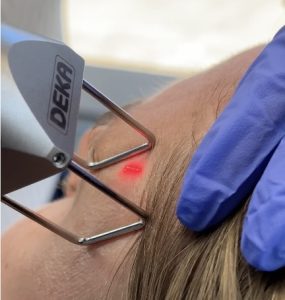
Who Is a Good Candidate?
Fractional CO2 laser is a versatile treatment suitable for patients of various ages and skin concerns. Ideal candidates include those looking to improve fine lines/wrinkles, scarring, and/or dark spots. It is safest for patients with lighter skin tones (Fitzpatrick I-III).
The Procedure
A fractional CO2 laser procedure can be performed in the clinic or operating room. Here’s what you can expect during the treatment:
- Consultation: Before the procedure, you will have a consultation with a qualified practitioner to discuss your concerns, assess your skin, and determine if fractional CO2 laser is the right option for you.
- Day of Treatment: Topical Anesthesia: a topical anesthetic is applied to the treatment area to minimize discomfort
- Pre-Medication: Your clinician may prescribe some medications to make the process more relaxing and comfortable.
- Nerve Blocks: You may receive lidocaine injections to further numb the sensitive areas of treatment
The laser treatment is customized based on skin, treatment areas, and goals. The laser can also be performed in the OR setting and combined with additional facial rejuvenation procedures such as eyelid surgery or facelift surgery.
Recovery Process
- Immediate Recovery: The treated area will likely be red and swollen after the procedure. It may feel similar to a bad sunburn.
- Peeling and Flaking: Over the next few days, the skin will begin to peel and flake as the damaged outer layers are replaced with fresh, new skin. It’s important to avoid picking at the skin to prevent scarring.
- Sun Protection: Protecting your skin from sun exposure is crucial during the recovery period. Sun exposure may lead to increased hyperpigmentation.
- Total recovery time depends on intensity of treatment
Please contact the Appearance Center to consult with a qualified practitioner.
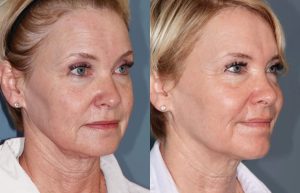
Not only are we wrapping up the summer, but September is Skin Care Awareness Month. We of course remind you to remain vigilant about sunscreen, but we also want to help you to start taking even better care of your skin with some of our in-office procedures.
Here are our three favorite ways to improve skin texture and appearance, from least to most invasive:
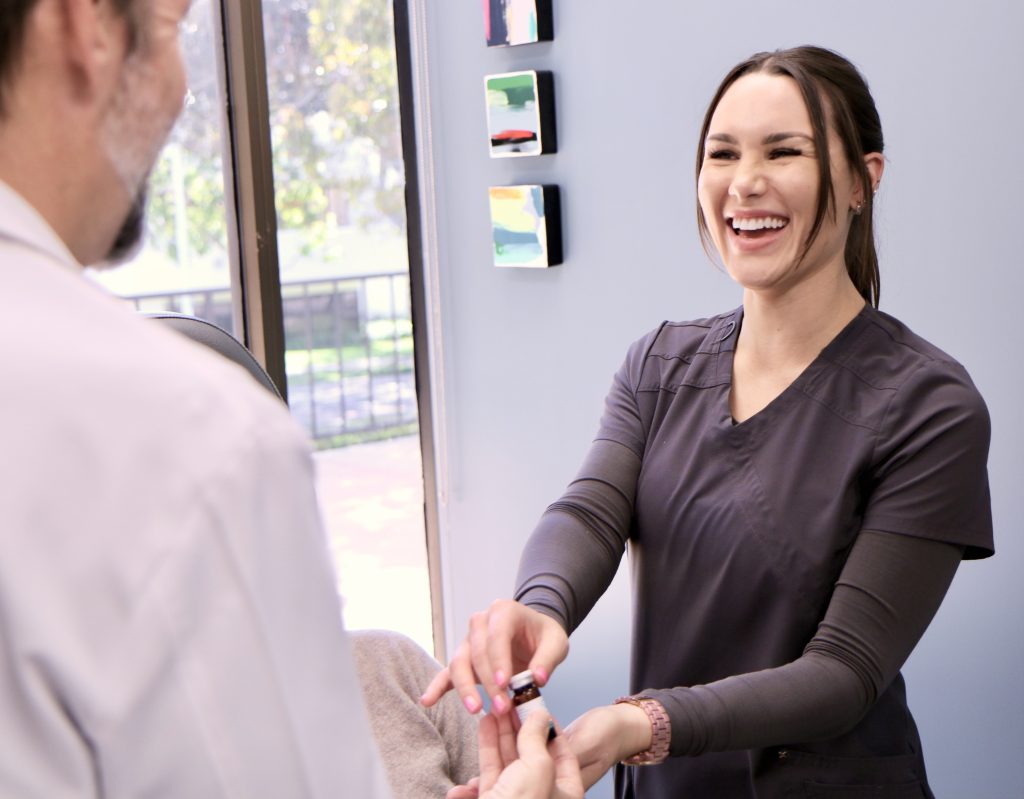
PEEL
Indications: Pigmentation, active acne, sun-damaged skin, fine lines and wrinkles.
How it works: Chemicals penetrate layers of the skin and promote rapid cell turnover and collagen synthesis. It also clears dead skin cells and oils. This helps create brighter, more even, and smoother skin. Select ingredients also work to reduce dark spots or treat active acne lesions. Best results are achieved with a series of peels.
Recovery: You will likely have significant peeling, especially 3-4 days after the peel. Most peeling resolves by about a week.
Cost: Varies by area, $
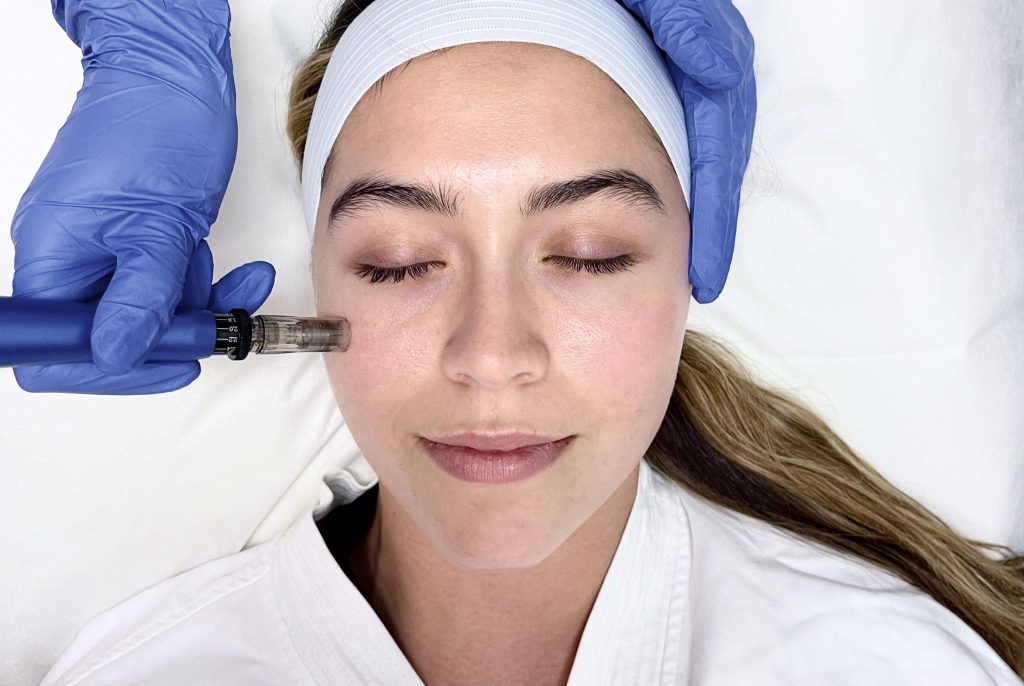
MICRONEEDLING
Indications: Acne scarring, surgical scars, loss of collagen from aging.
How it works: Small needles puncture the superficial layers of the skin, inducing collagen and elastin production. This results in brighter, tighter, and younger looking skin. A growth factor serum is simultaneously infused into the skin punctures, enhancing collagen production.
Recovery: For the first week you will experience redness. Avoid sun exposure for one week after treatment.
Cost: Varies by area, $
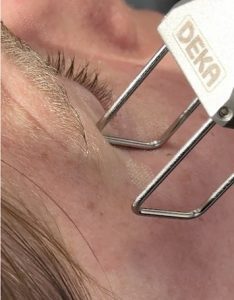
FRACTIONAL CO2 LASER
Indications: Sun-damaged skin, fine lines and wrinkles, acne scars, lighter skin tones.
How it works: Fractional CO2 laser creates micro punctures in the skin while also delivering thermal energy. This removes damaged tissue and stimulates tissue shrinkage while inducing collagen production. Collagen remodeling continues for 3-6 months. Best for lighter skin types not prone to dark spots.
Recovery: This will depend on how aggressive your treatment is. You could have redness for up to a month during healing. Depending on your healing, you may be able to wear makeup after 1 week.
Cost: Varies by area, $$ – $$$
Please schedule a consultation so we can assess the best procedures for you!
Fine lines, wrinkles, loose skin, and other signs of aging are perfectly natural, and many of us reach a point where we want to “do something.” But what does that mean? After looking into the options, you may be asking, “should I choose fillers or surgery?’
We turn to two of our top physicians with this question.
Simon Madorsky, MD is a Facial Plastic Surgeon.
“Judicious use of filler can really enhance natural features,” assures Dr. Madorsky, “but over time, there can be limited results, as well as a necessity for repeated procedures. They have their place, but cannot replace surgery. They will not remove extra skin or extra fatty tissue.”
“Fillers can be overdone. We are seeing something I call Filler Fatigue. People are getting over-filled and often look unnatural.”
The ideal candidate for facial fillers is someone who has minor to moderate signs of aging on their face. These candidates are usually between 30 and 55, since older people may have significantly loosened skin and the presence of other things like bags under their eyes and jowls, which will not respond well to filler injections.
The ideal candidate for surgery, such as a blepharoplasty or facelift, is someone who has more advanced signs of aging in the face and neck. A surgical procedure can address many more issues than facial filler can. That said, candidates still need to be in good enough overall health to undergo surgery and will need adequate support and downtime to recover from the procedure.
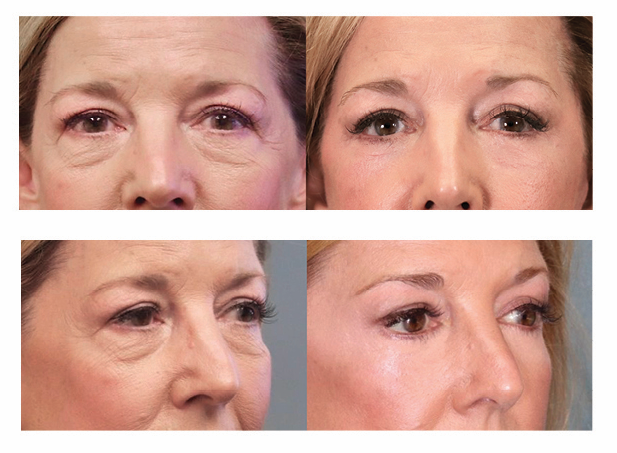
This patient underwent blepharoblasty (evelid surgery). She was advised her that iniectables would have a limited and temporary impact.
Choosing Both Options
Some patients use fillers as a way to “try on” a new face and to helo them decide whether they want to move forward with surgical procedures.
One example of this is the “liquid rhinoplasty,” where the shape of the nose is changed with filler, albeit temporarily. There are also subtle enhancements to the eye area and jawline that can be made with filler and Botox, but don’t have the longevity of a surgical procedure. This is an option worth considering when you talk with your provider.

Congratulations to Dr. Adam Aronson and Dr. Alexander Miller for being named America’s Best Dermatologists 2023 by Newsweek.
We are honored to have two of our physicians receive this great recognition, and proud of the incredible care they provide to our patients.
The list is split by cosmetic and medical dermatologists. In total, 150 cosmetic dermatologists and 175 medical dermatologists were awarded and some (including Dr. Aronson!!) were awarded in both specialties.
Don’t let the fear of anesthesia hold you back from achieving your desired appearance.
Our patients now have the option for an alternative to general anesthesia known as Gentle Sleep. Instead of deep anesthesia, it induces stage 2 sleep, and when used in combination with other medications, it achieves a comfortable state for patients. We are now using it routinely at our on-site surgery center.
During Gentle Sleep, patients may cough, reposition themselves, and breathe without assistance. This is a more normal state for patients than deep sedation or general anesthesia.
“It has been a real game changer for our practice,” says Dr. Simon Madorsky. “Gentle Sleep is so well tolerated by patients, that it allows the surgeon to take time needed for superb results without pressure to rush.”
It is especially revolutionary for our older patients and those with certain health conditions. When it comes to cosmetic–or elective–surgery, some of these patients are not good candidates for general anesthesia. This is often a barrier for them to have these procedures. With gentle sleep, this barrier disappears.
Watch this video to learn more.
The fractional CO2 laser creates tiny “columns of thermal destruction” in the skin that stimulate the growth of new, healthy skin cells to replace old, damaged cells. This procedure treats wrinkles, discoloration, sun damage, age spots, and acne scars. Instead of removing skin layers with chemicals, the CO2 laser removes skin layers by vaporization.
During your treatment, one of our physicians will apply the Fractional CO2 laser to the area chosen for resurfacing. The laser will eliminate surface damage, while concurrently heating the underlying tissue, causing it to increase collagen production. Depending on the scope of the treatment area, your laser session may take anywhere from 30 minutes to two hours.
WHAT DOES THE CO2 LASER TREAT?
The Fractional CO2 laser is used to address a wide range of skin conditions, including:
- Fine lines (including around the eyes)
- Deeper wrinkles around the forehead, mouth, or nose
- Sun damaged skin
- Acne scars
- Hyperpigmentation
In addition, the Fractional CO2 laser can be used to treat other visible areas of the body, such as the neck, chest, or hands.
BEFORE & AFTER IMAGES
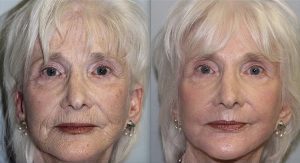
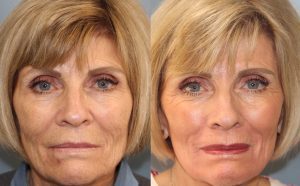
Spring has sprung, and you realize it is only weeks until that highly-anticipated wedding, reunion, or vacation. Is it too late, you wonder, for some type of cosmetic procedure to look your best?
Fortunately, there are many things you can do to boost your appearance—and self-confidence—that don’t require a huge downtime. If you plan far enough ahead, you can time your procedures to maximize your results by a specific date. Consulting with a specialist can help you determine what you want, need, and have time for.
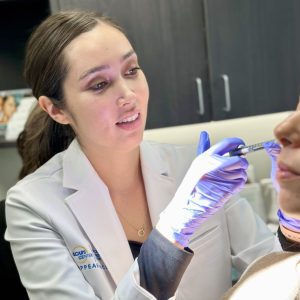
Some “Quick Fixes” to Consider
Fortunately there are many effective nonsurgical options that require minimal downtime. These procedures include:
- Botox or Dysport to smooth wrinkles on the face, including forehead lines and crow’s feet. (There is little to no downtime, bruising is unlikely but possible. Results can be seen in as little as a week.) DO THIS AT LEAST 2 WEEKS BEFORE AN EVENT.
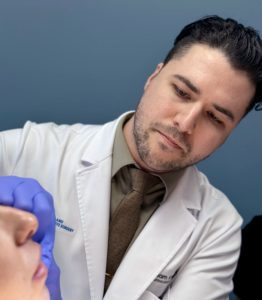
- Dermal Fillers to plump lips, enhance shallow contours, enhance facial volume, or smooth wrinkles. (Generally, recovery is 2-7 days. Results are immediate but final results are seen in 10-14 days, after possible swelling resolves.) DO THIS AT LEAST 2 WEEKS BEFORE AN EVENT.
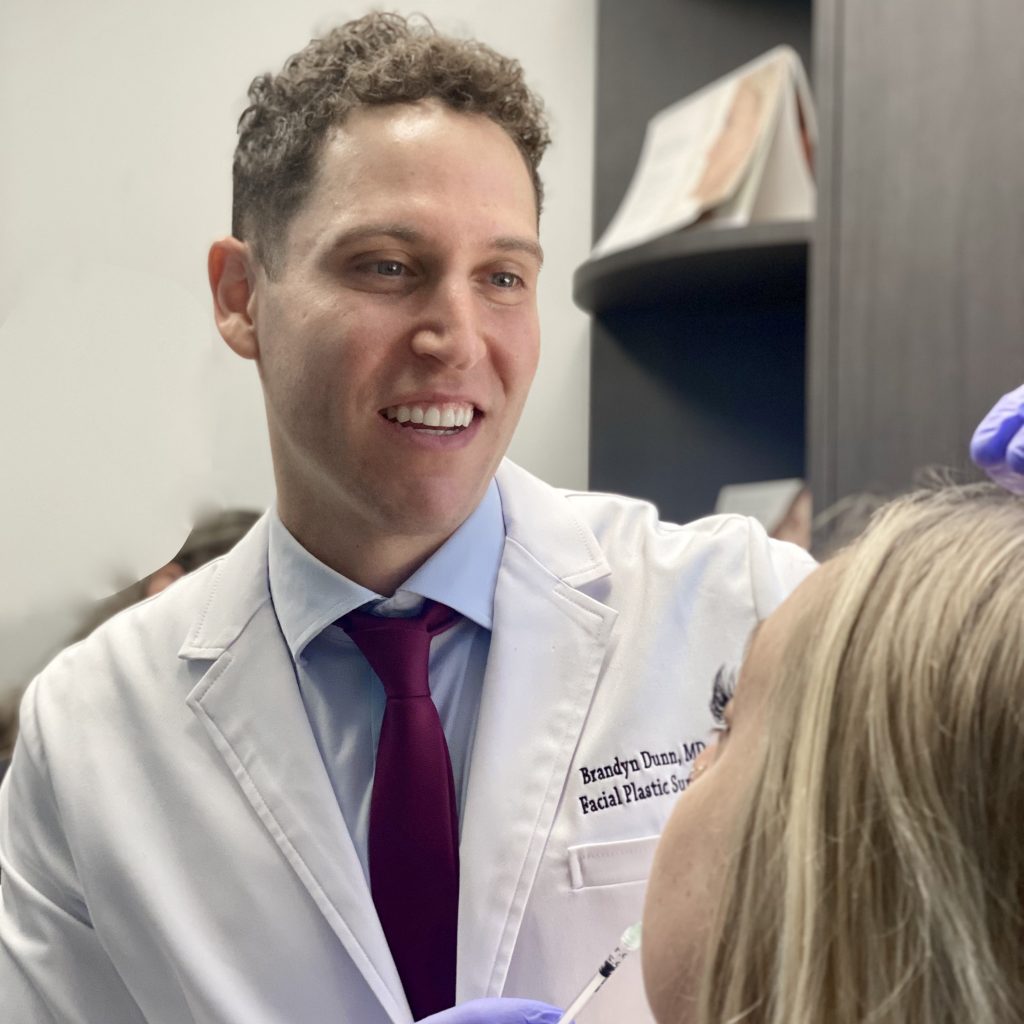
- Chemical Peels to smooth and brighten skin, minimize pigmentation and address acne scars or fine lines and wrinkles. We offer the TCA and VI Peels. (Healing varies depending on the type and strength of the peel. VI Peel: peeling lasts around a week. TCA peel: takes 1-2 weeks to heal.) DO THIS AT LEAST 3-4 WEEKS BEFORE AN EVENT.
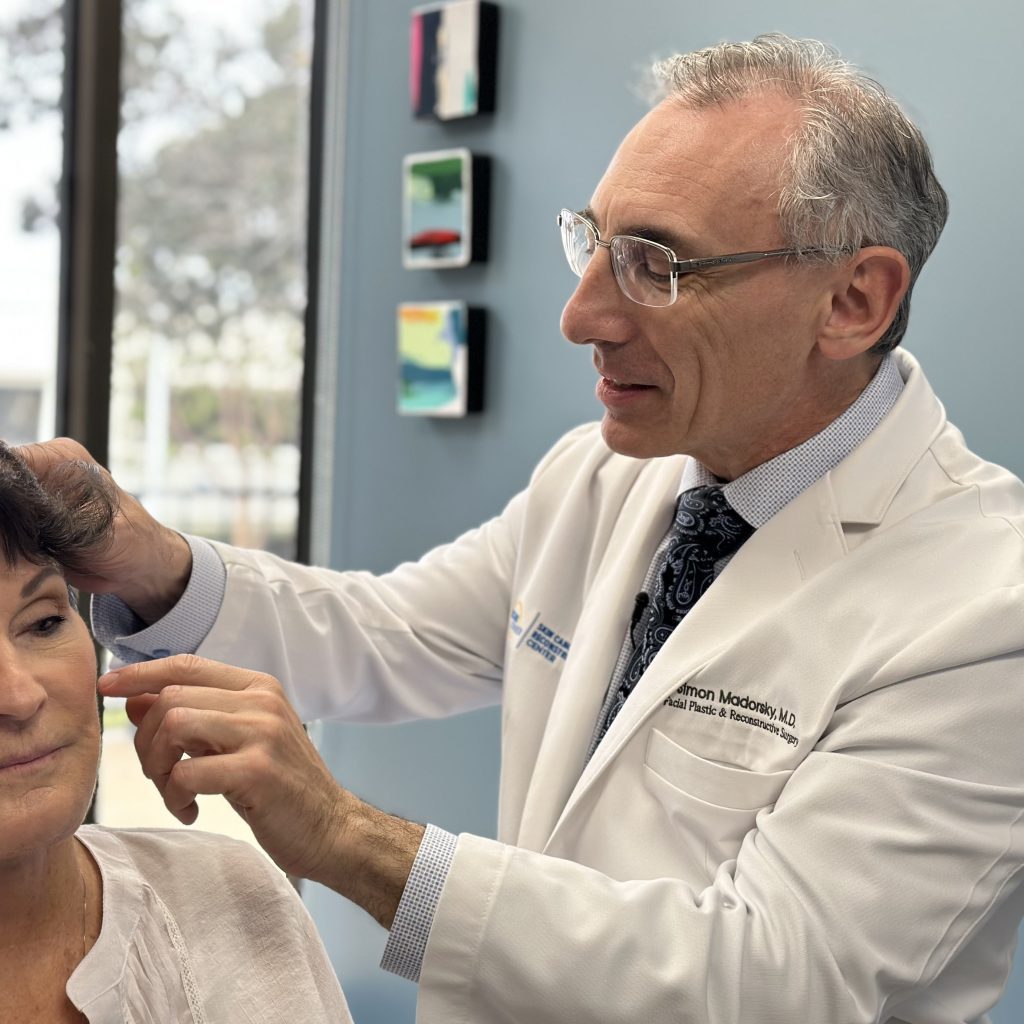
- Microneedling to improve appearance and texture of the skin, minimize acne scars. (Healing takes about 3-5 days; skin texture improves over weeks to months.) DO THIS AT LEAST 2 WEEKS BEFORE AN EVENT.
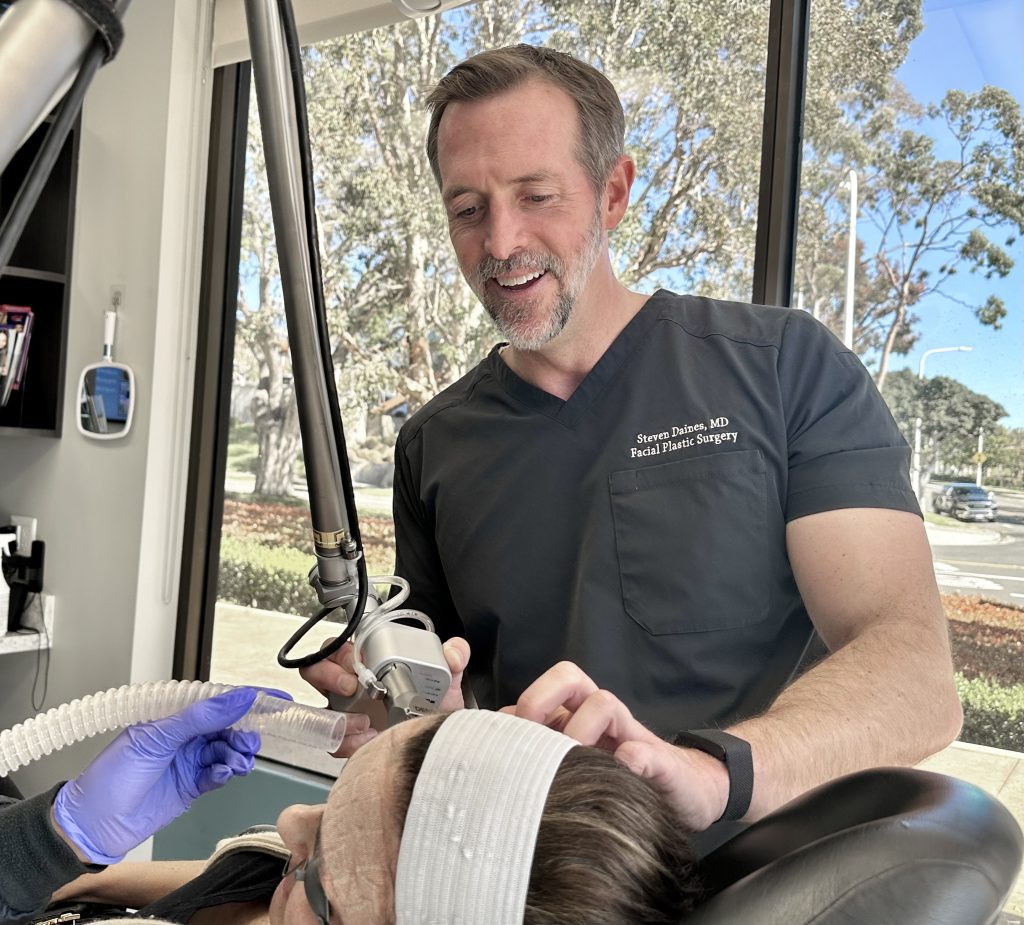
- CO2 Laser Resurfacing to rejuvenate wrinkles, sun-damaged skin, and remove age spots and other blemishes. (Healing time for laser resurfacing varies, depending on the depth/intensity of the laser. Approximately 1-2 weeks of recovery time. Full results seen at 3-6 months.) DO THIS AT LEAST 6 WEEKS BEFORE AN EVENT.
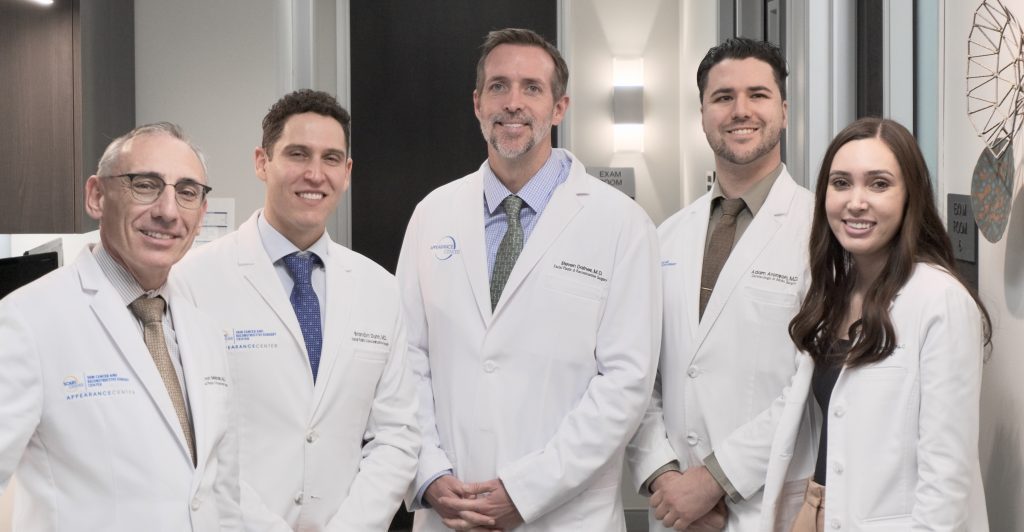
Call us to schedule a consultation!! 949.200.1615
